"Let’s get one thing clear; the 2017 Alfa Romeo Giulia Quadrifoglio has absolutely nothing to prove. The Italian brand might have been known for its unreliability and rust once, but that never stopped Alfa aficionados loving the sporting DNA that "

Alfa Giulia Heritage
If you’re an Alfa Romeo aficionado, read on!
The Museo Storico Alfa Romeo is Alfa Romeo’s official museum, located in Arese, Italy. It displays a permanent collection of the brand’s cars, and after being closed-down in 2011, the museum reopened in June 2015. I dropped in on it recently while in Milan testing the latest Giulia Veloce.
The Veloce, by the way, plugs the gap between the super-fast Giulia Quadrifoglio (QV) and the standard 200ps petrol-powered Giulia. It looks very like the flagship QV, and it still provides a meaty performance hike over less significant Giulias.
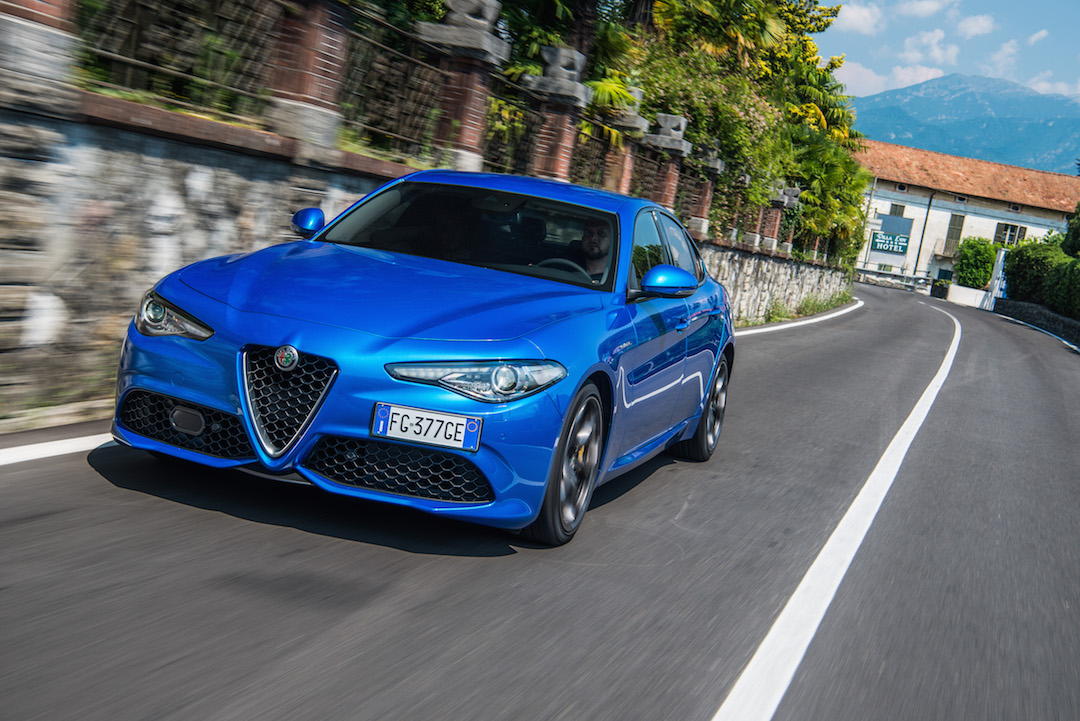
Zero to 62mph arrives in 5.2-seconds and the top speed is 149mph. These figures, alongside the fact the car is around a third cheaper to purchase than the Quadrifoglio powerhouse, means it’s undoubtedly the sweet spot in the Giulia line-up. The Veloce is now available to buy or lease in the UK, if you’re tempted.
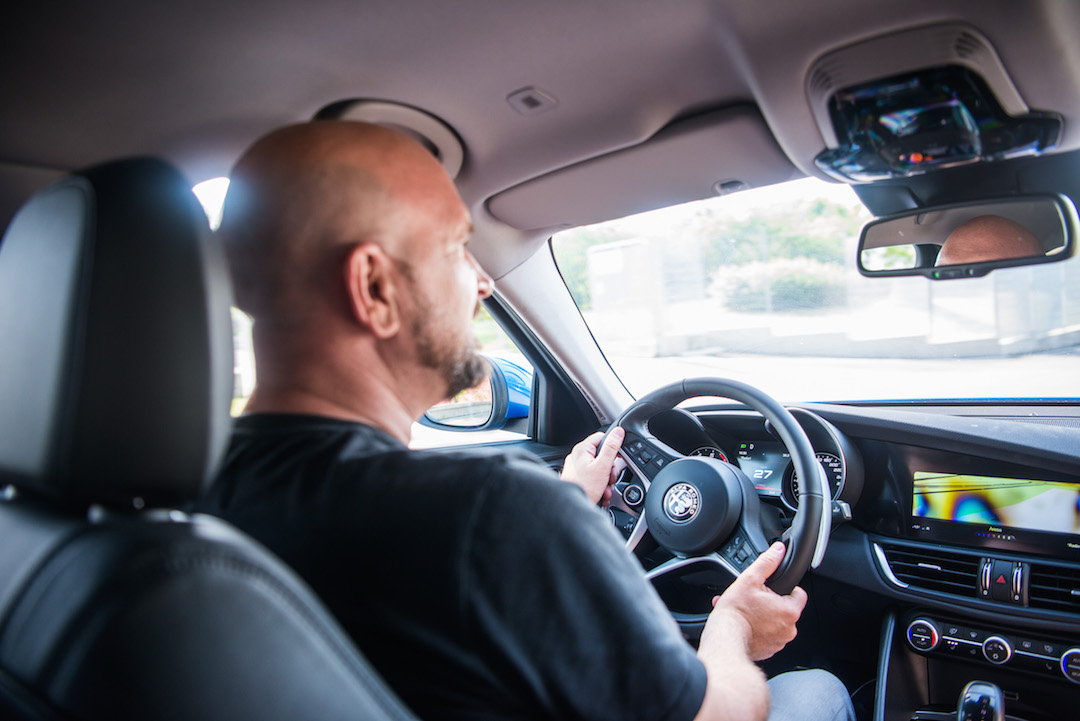
But I digress, let’s get back to my Alfa Romeo museum visit…
On entering the Museo Storico Alfa Romeo, it becomes clear that the building is the heart of an authentic “brand hub”, with a documentation centre, test drive track, bookshop, café, and a show-room. It is the perfect link between now and yesteryear.
Museum curator, Lorenzo Ardizio showed me around and explained it was inaugurated in 1976 and was open to visitors by reservation only. Apparently, following the decommissioning of Alfa’s Arese factory and the ensuing loss of the Centre’s directional role, the museum was shut in 2011. But, for Alfa Romeo’s international relaunch plan, it was reopened to the public in June 2015 during the world preview of the new Giulia.
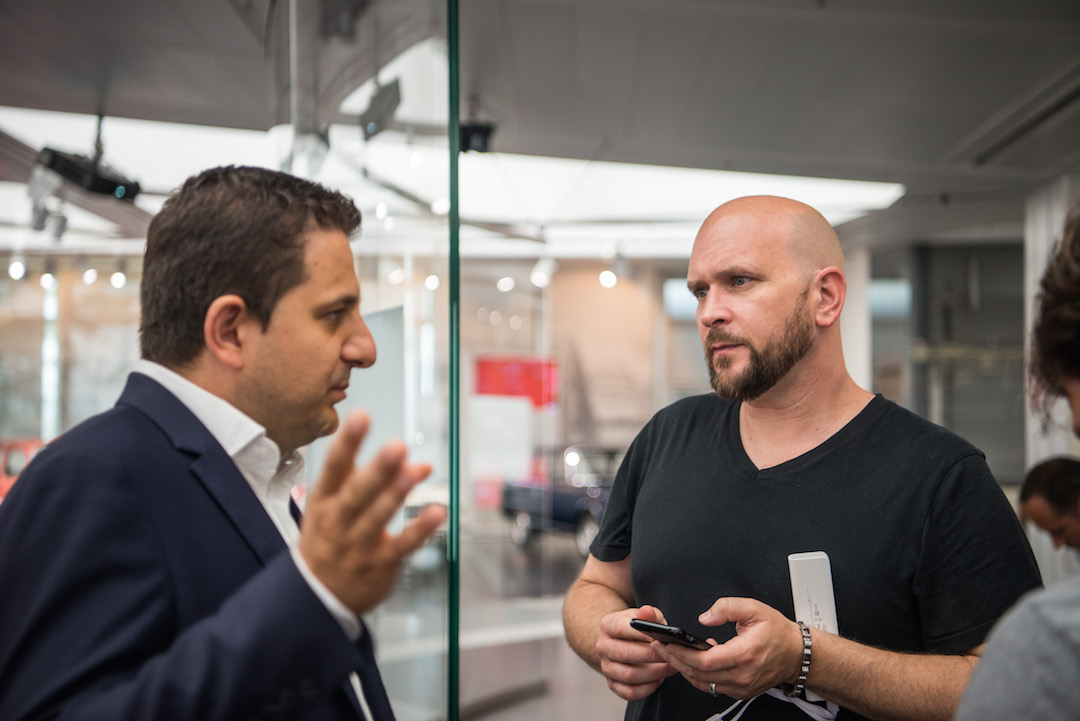
The way the museum is designed highlights the features that belong to Alfa’s heritage. The story of the make is depicted through an incandescent installation that expands across the building. Words, lights and symbols of style are embodied in a display signifying technological consistency and aesthetic endurance.
69 models are exhibited, marking not just the progress of the marque, but the story of the motor car itself. From the celebrated Mille Miglia champions, such as the 6C 1750 Gran Sport steered by Tazio Nuvolari, the 8C coach assembled by Touring and the Gran Premio 159 “Alfetta 159” world Formula 1 front-runner handled by Juan Manuel Fangio; from the legendary 1950s Giulietta, to the Montreal of the late 1960s and 70s, and the Giulias of the past and present.
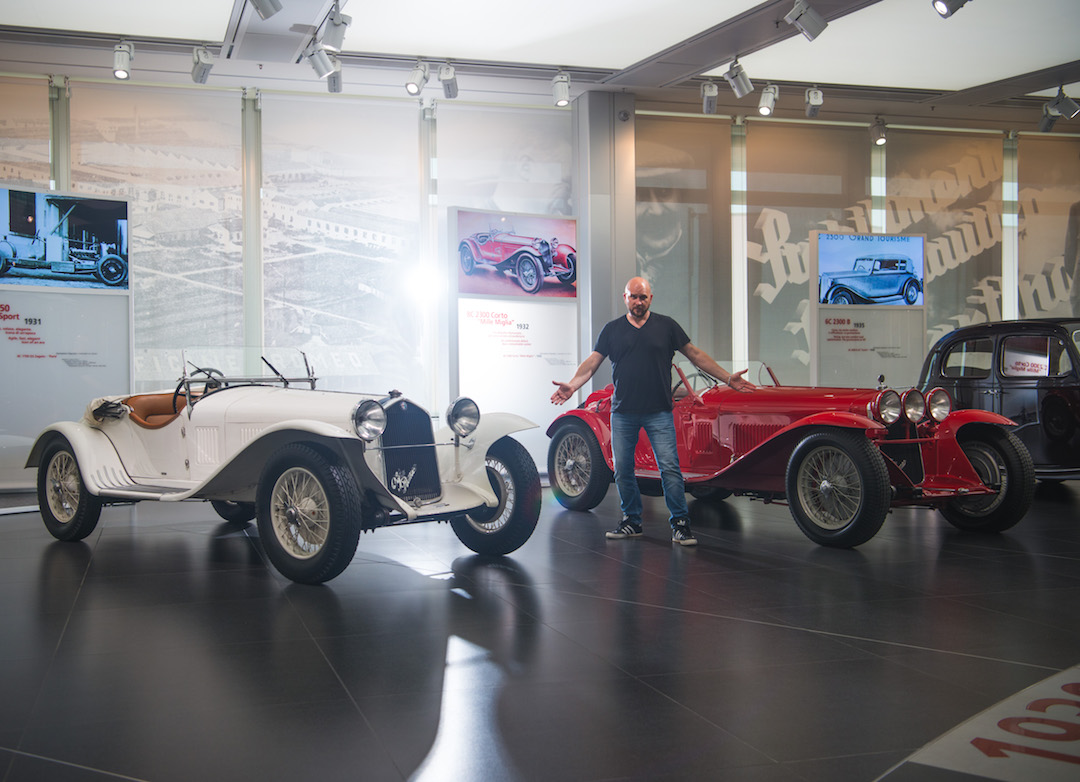
The Montreal is my favourite. It was ushered in as a concept in 1967 at Expo 67, which was held in Montreal Canada. Initially, the concept model was displayed without any moniker, but the motoring press began calling it the Montreal. This 2+2 Alfa Romeo coupe still looks awesome today. It came with the 1.6-litre powerplant from the Alfa Romeo Giulia TI and the stubby wheelbase chassis of the Giulia Sprint GT, with a body devised by Marcello Gandini at Bertone. The bright orange example at the museum is the concept car that was at Expo 67.
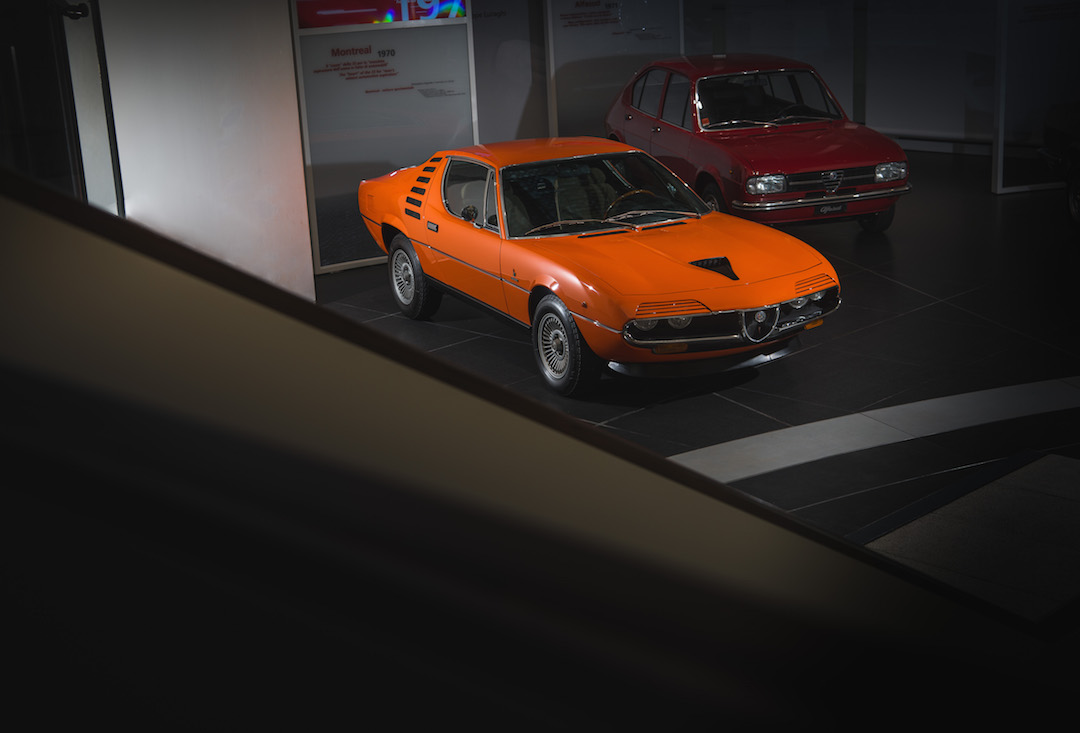
I also got to try one of the true heroes of the brand on the museum’s small test track. Seeing as I’d come to Italy to check out the latest Giulia Veloce, I figured a quick stint in the original 1962 Giulia couldn’t be passed up. What a privilege it was to get behind the wheel of a car made over fifty years ago. The road-going Alfa handled amazingly well on track – but I really had to handle it. The gears felt like you were stirring cement – and the brakes… what brakes? That’s how the anchors were compared with now, though. Oh yes, the other major difference with a car from that period is the steering wheel. It’s so thin that you’ve got to really cling on – and I had to use real strength to navigate around the circuit, seeing as there was no power steering fitted to the Alfa. Other than feeling completely paranoid that I was going to smash up a piece of history, I really enjoyed my little outing in the original Giulia. Alas, no other car was available to drive – and that’s probably a sensible move by the museum. Let’s face it, it does need to keep its exhibits undamaged and spotless.
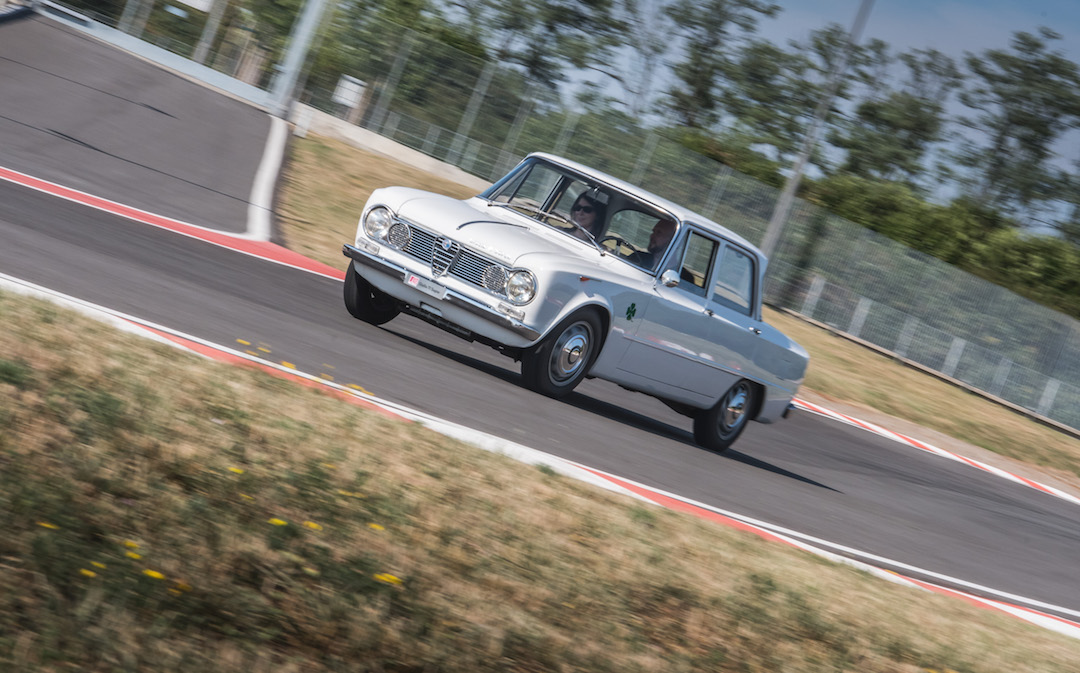
Indeed, the Museo Storico Alfa Romeo has compressed the whole spirit of the make into three philosophies. It starts off with ‘Timeline’, which exemplifies industrial endurance; ‘Bellezza’ (beauty), which groups style with design; and ‘Velocità’ (speed), outlining low weight and technology. A level of the museum is dedicated to each theme.
‘Timeline’ inhabits the whole first floor, with an assortment of 19 vehicles which best characterise the development of Alfa Romeo, each complemented by a multimedia data panel. The display is finished off with an “interactive memory”, a smart-tech station where you can use an interactive set-up for more facts about the antiquity of each model. The installation named “Quelli dell’Alfa Romeo” re-counts how the Alfa legend was shaped over 100 years, thanks to the labour of thousands of workers who added to the company’s development: from the mechanics, designers and testers, white-collar workers and engineers.
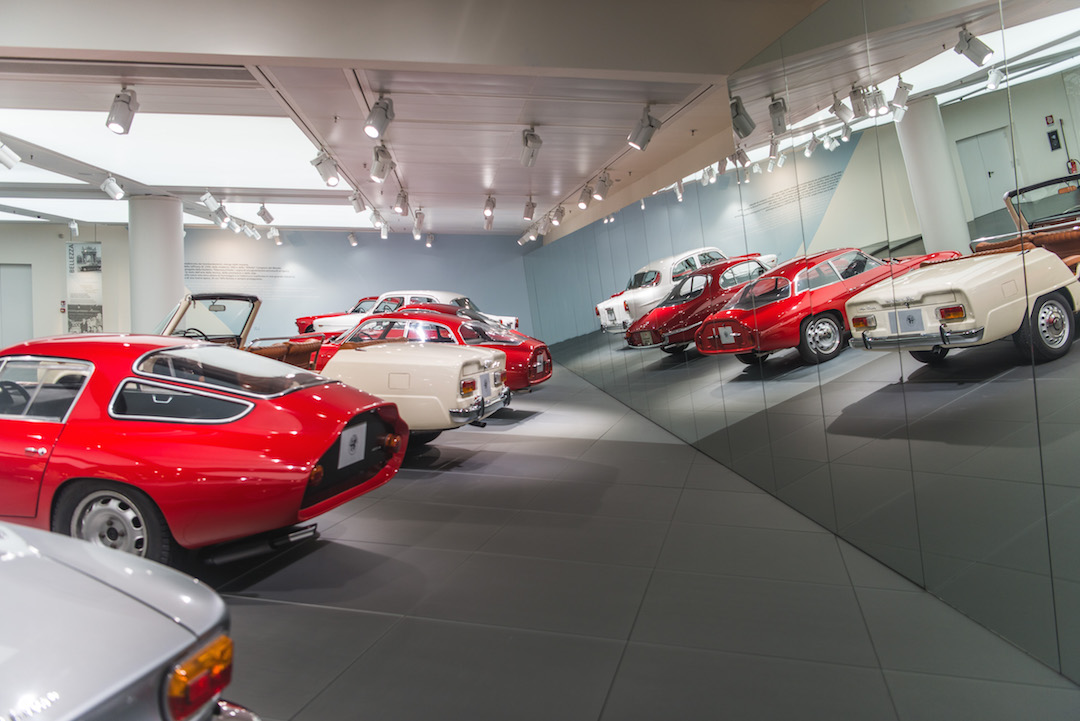
The next part of the exhibition, on the ground floor, entitled ‘Bellezza’, features numerous themed zones. The layout has been conceived with dynamic lines that bring to mind the style of the chief coachbuilders: from the “I maestri dello stile” (Masters of style), which blends nine key design samples from each period, to “La scuola italiana” (The Italian School), showing vehicles produced by the Touring body shop under the Superleggera trademark in the 1930s 1940s. In the middle lies “Alfa Romeo nel cinema” (Alfa Romeo in the movies). Then comes “Il Fenomeno Giulietta” (The Giulietta Phenomenon) and “Giulia: disegnata dal vento” (Giulia: designed by the wind), with cars that demonstrate the development of the Italian economy and of the nation’s sophistication in the 1950s and 1960s.
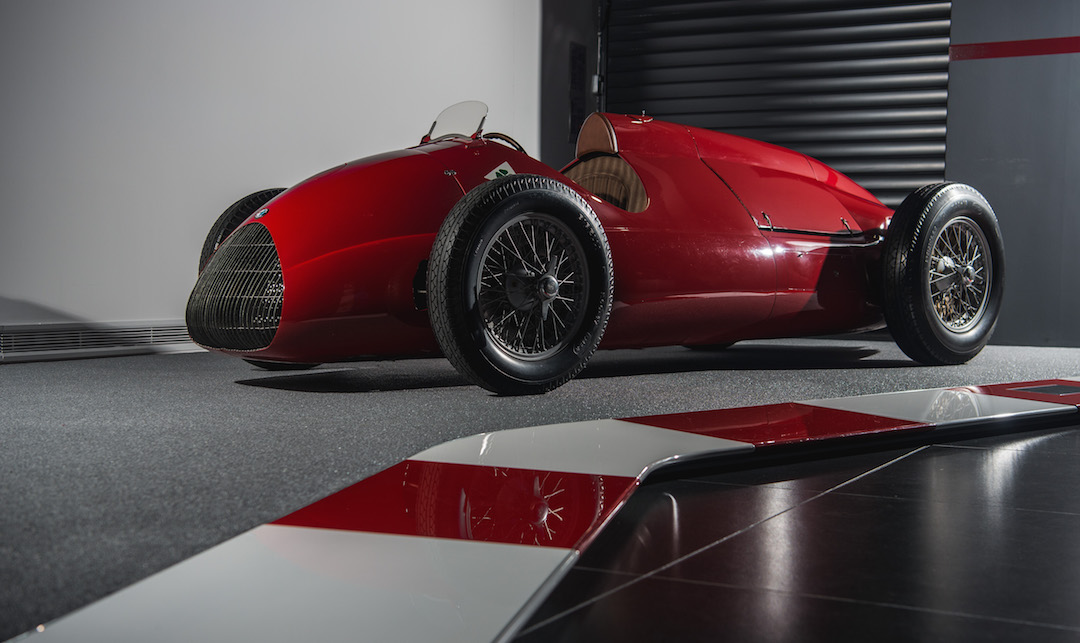
The third part, ‘Velocità’, extends across the complete basement floor. This is where you can meet the superstars of Alfa Romeo’s chief victories: from “Nasce la leggenda” (A Legend is Born), a huge multi-media space which assembles the luminaries of the epic races between World War One and World War Two, through to the début in F1 racing, “Progetto 33” and “Le corse nel DNA” (Racing in Alfa Romeo’s DNA).
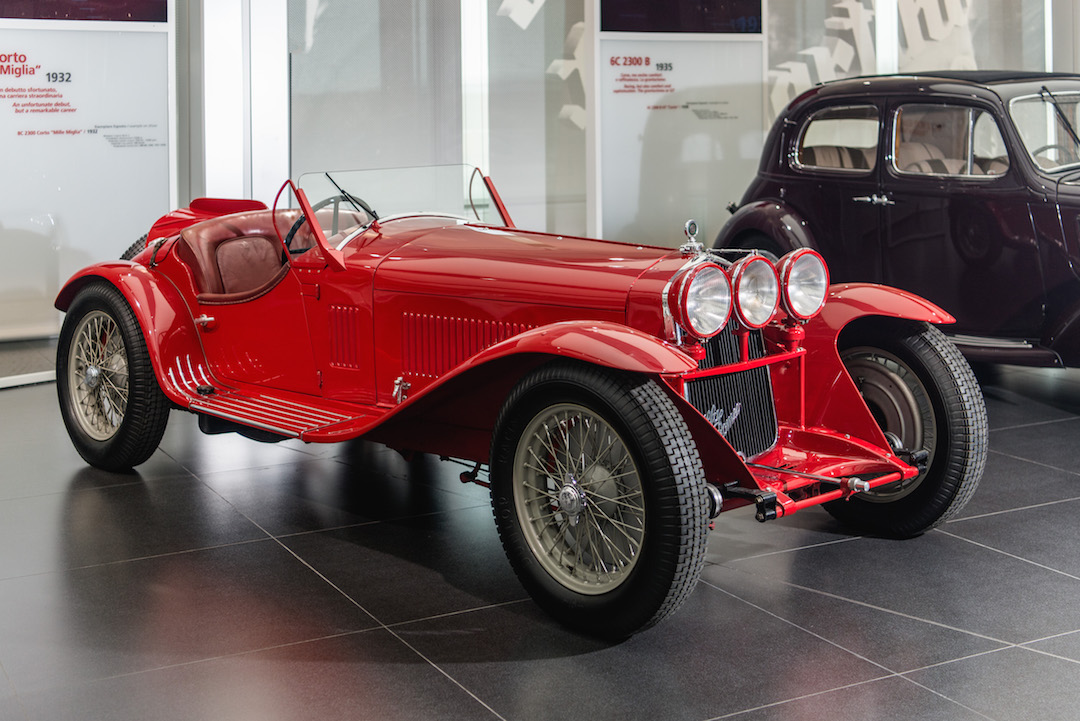
The tour through the Alfa legend concludes with a spirited and impressive finale: the “bolle emozionali” (emotional bubbles), devoted to the understanding of the Alfa Romeo world, with 360-degree virtual reality motion picture footage, and a total-immersion area where you sit in interactive chairs and view 4D movies dedicated to the accomplishments of Alfa Romeo.
Whether you love cars or not, the Museo Storico Alfa Romeo is worth a visit. The exhibits are more like works of art and you’ll be blown away by the history alone. For further information visit www.museoalfaromeo.com or www.alfaromeo.co.uk.
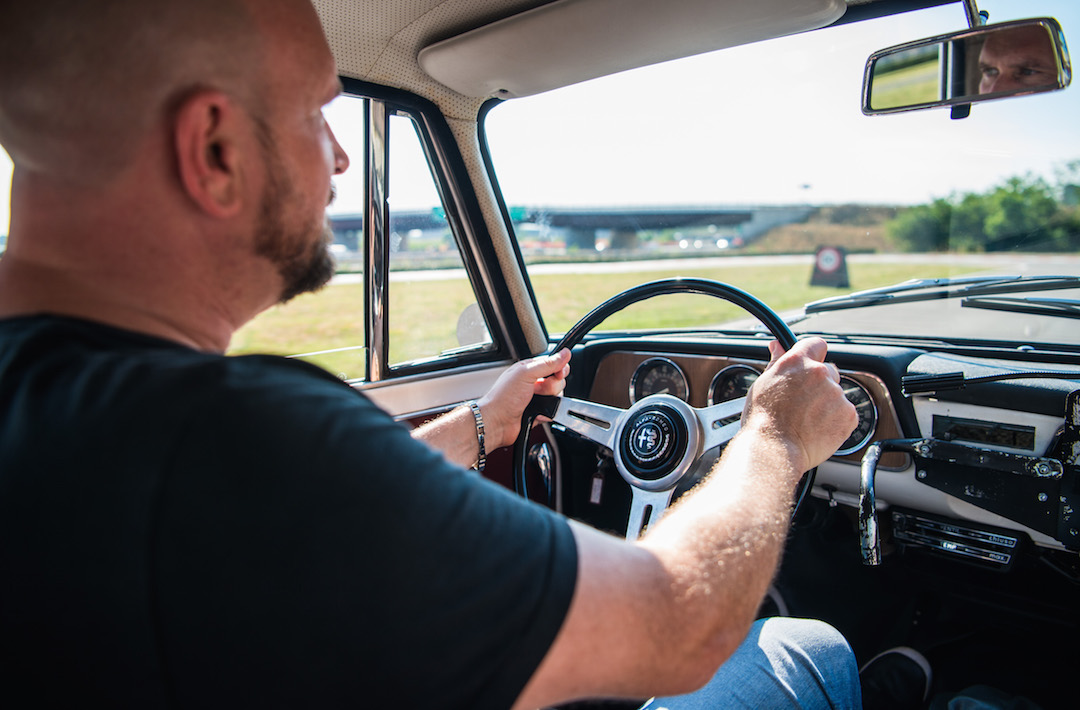
CLICK TO ENLARGE










